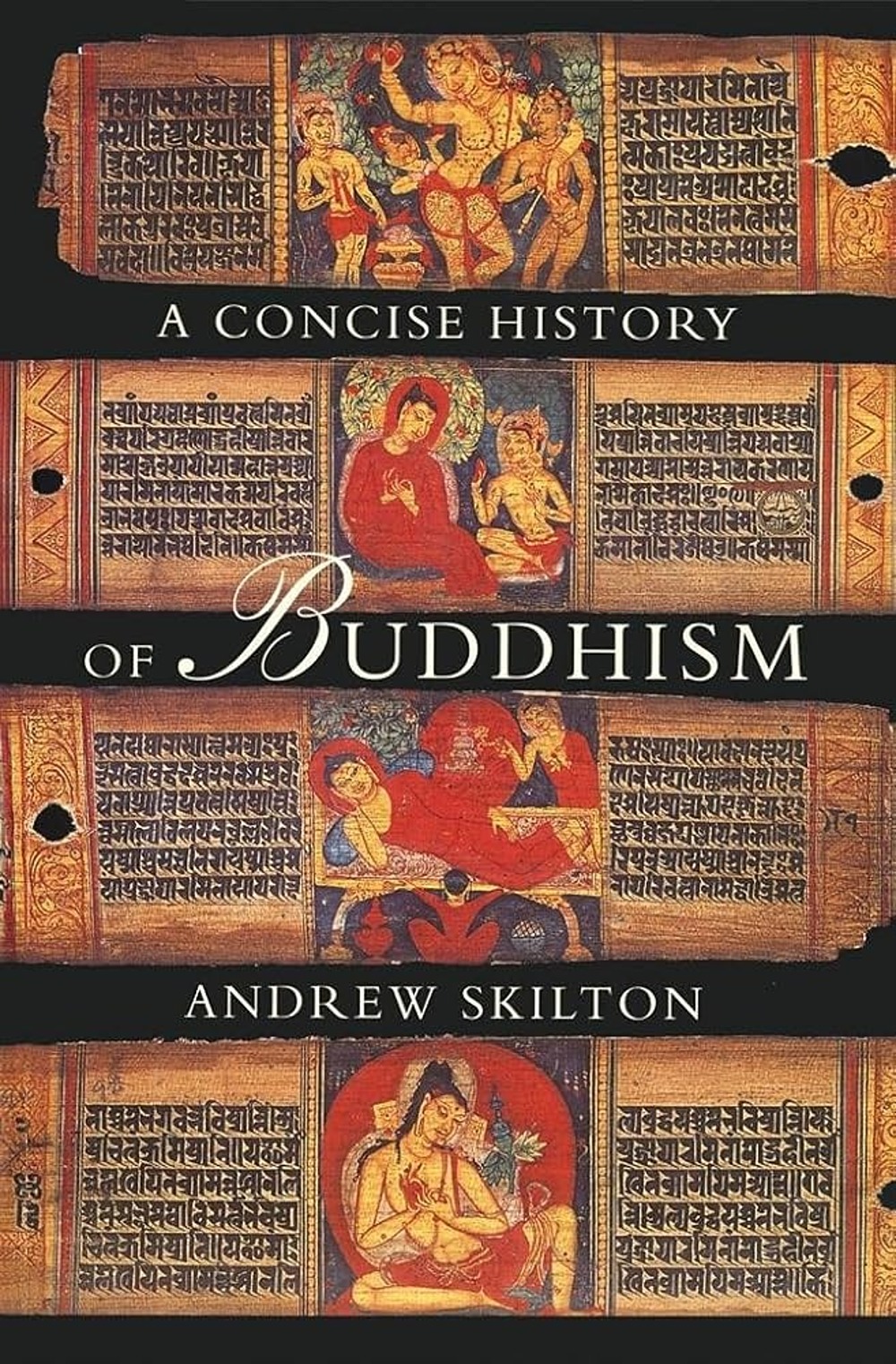In Buddhism, Agama refers to a collection of scriptures containing the Buddha's teachings, compiled by various schools in India using Sanskrit. However, according to Professor Andrew Skilton of Oxford University, a leading expert in Buddhist studies, the concept encompasses more than just "a specific text". For him, Agama also represents the methods of receiving, interpreting, understanding, and applying Buddhist teachings throughout 25 centuries of the religion's development.
Combining this perspective with his fascination for the diversity of Buddhism, Skilton published "A concise history of Buddhism" in 1994. The book chronicles Buddhism's birth in India and its introduction to various regions of Asia. In the preface, Skilton acknowledges dedicating significant space to the history of Buddhism in India, despite its decline there around seven centuries ago. He argues that to understand the "tradition," it's crucial to grasp the developmental stages, or at least the starting point, before discussing the religion's vitality in new cultures.
 |
The book cover features the Ajanta Buddhist cave carvings in India. The Vietnamese version, translated by Dr. Thich Thien Chanh, was published by The Gioi Publishing House in association with Omega + in June. Photo: Omega+ |
The book begins by exploring the lives and religions of ancient India before the birth of Siddhartha Gautama, the founder of Buddhism. Like other works on the same subject, Skilton recounts the Buddha's life from his birth, through his spiritual journey leading to enlightenment at 35, and his death at 80. He analyzes prominent teachings like the Eightfold Path within the Four Noble Truths and interprets the Three Marks of Existence (impermanence, suffering, and non-self) to clarify the Buddha's perspective on the interconnected world.
The book also delves into the development of the early monastic community, the Buddhist councils, and the division into schools like Theravada and Mahasanghika. Skilton discusses the Tripitaka, comprising the Vinaya Pitaka, Sutta Pitaka, and Abhidhamma Pitaka, which serves as the core canon. He also examines the influence of feudal dynasties, cultural life, and politics on the religion throughout history.
Over time, Buddhism witnessed the emergence of Mahayana Buddhism with the Bodhisattva ideal, aiming to liberate all beings from suffering, not just oneself. These new teachings critiqued some older views and introduced new scriptures like the Prajnaparamita Sutras, the Lotus Sutra, and the Pure Land Sutras, marking a major turning point in Buddhism's development.
 |
The first edition of "A concise history of Buddhism" (1994). Photo: Windhorse Publications |
In addition, Skilton discusses the development of two esoteric traditions: Vajrayana and Mantrayana Buddhism, along with their practices. He concludes the first part with the decline of Buddhism in India, attributing it partly to the Islamic invasions of the 12th and 13th centuries.
In the second part, Skilton guides readers through 10 regions that embraced Buddhist principles. The history of Southeast Asian Buddhism began in Sri Lanka, then spread to Myanmar, Cambodia, Thailand, Vietnam, and Indonesia through various means, including monastic missions, migration, and refuge from conflicts. In Central Asia and Kashmir, the Silk Road played a crucial role in its introduction.
Compared to Southeast Asia, Skilton notes that Buddhism didn't initially convey a superior culture when it first entered China in the 1st century but gradually gained a foothold. Before this, China had a highly developed written civilization and established indigenous religions like Taoism and Confucianism. The remaining countries in the map of Buddhist propagation include Korea, Japan, Tibet, Mongolia, Nepal, and Persia. Wherever it spread, Buddhism adapted and transformed to suit local identities and circumstances, allowing it to exist within diverse cultures.
 |
Portrait of Professor Andrew Skilton, now 68. Photo: University of Oxford |
Skilton's history of Buddhism concludes in the 19th century. He believes that events of recent centuries don't hold the same interest for readers as ancient stories. Nevertheless, he hopes his research provides a balanced view of modern Buddhism and an understanding of its current forms.
Despite being published over 30 years ago, the book continues to attract readers. On platforms like Amazon and Goodreads, it has received numerous reviews over the years. Most readers find it a useful and concise overview, suitable for those interested in Eastern religions. However, some suggest it's not for beginners due to its complex terminology, requiring prior knowledge of Buddhist thought and teachings.
Born in 1957, Andrew Skilton is a professor in the Faculty of Asian and Middle Eastern Studies at Oxford University. He became interested in Buddhism some years before ordaining as a Buddhist monk in 1979, receiving the Dharma name Dharmacari Sthiramati. He earned his first degree in Theology and Religious Studies from the University of Bristol in 1988. In 1991, he went to Oxford to complete his doctoral thesis. He has also translated several Buddhist works into English, including Bodhicaryāvatāra (A Guide to the Bodhisattva's Way of Life) and Nāgānanda (The Joy of the Nagas).
Phuong Thao











